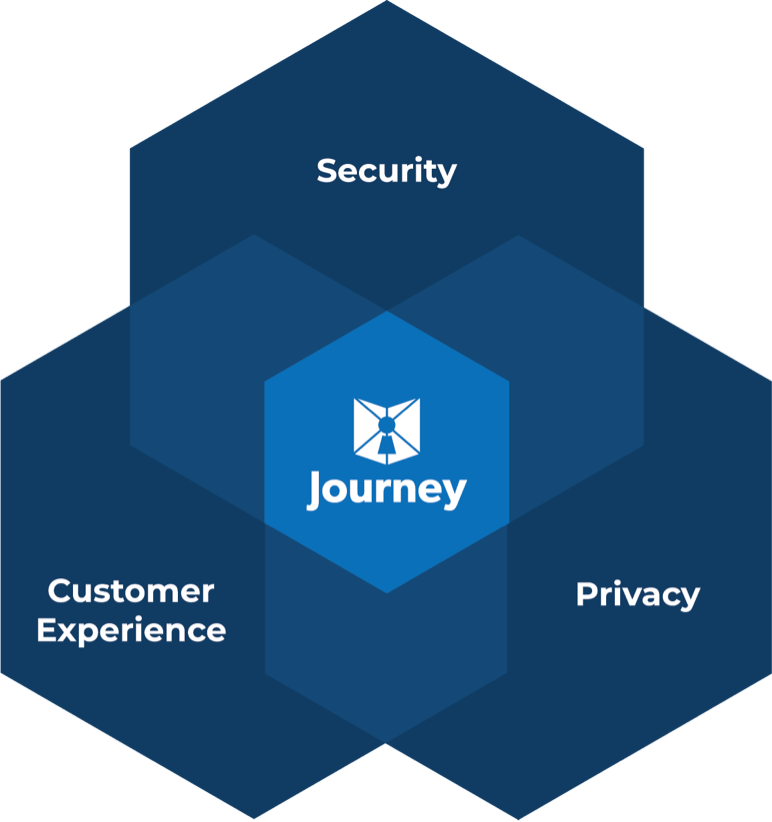Customer experience goes hand in hand with cyber security. We can tell you exactly how certain usability tools can negatively effect your digital security.
Did you know that the U.S. loses $100 billion every year because of cyber attacks? Cyber attacks are very common, essentially because when the internet was created, it was (purposely) created without an identity layer. That’s excellent for the broad sharing of information, but when you’re talking about the incredibly intricate and high value services that people use the internet for – applying for mortgages, opening accounts, making high dollar purchases, sharing personal information on social media – there is now significant risk. Over the years, hundreds of companies have entered the market to secure network and verify identities, but the ones that offer a high degree of security usually put a lot of unpleasantness on the customer. There is a better way.
So, as an enterprise helping your customers securely do business with you, you must do three things: 1) maximize security and comply with all regulations, 2) protect your customers’ privacy and comply with all the new privacy compliance laws that are popping up, and 3) most importantly, you must create the simplest, fastest and most elegant usability for your customers.
Until now, there haven’t been any solutions that solve for all of those things simultaneously, but with the rise of biometrics on mobile phones and some other powerful new technological innovations, customer usability has never been better, more secure, or more privacy-preserving.
Measuring the Customer Experience
Most contact centers measure hundreds, if not thousands, of KPIs, so most businesses know how long it takes to verify an identity and get down to business with your customers. The question is how you continue to improve those metrics across the board.
There are ways to quantify qualitative data and user testing feedback on a new product that is almost developed and ready to market:
- Time & effort needed by both you and your customers: medium to high level
- Useful for: Looking at the user experience as a whole and finding usability issues
- Number of people needed: Many trials using smaller groups of 5-10 people
- Metrics: Difficulty rating, how long it takes to complete a task, errors that occur and success rate
You need to use a number rating system so that you’re able to measure the feedback people provide. For example, you can create a scale from 1 to 7, one being very easy and seven being very difficult, and have people answer questions by using this rating scale.
Usability Tools and Cybersecurity
There are two ways that cybersecurity works to make sure when you are logging into an account, you verify your customers’ identity. Usernames, passwords, and other things that people “know” (Knowledge Based Authentication, or KBA) is the most common way. Unfortunately it’s an unpleasant experience for your customer, it takes between 45-90 seconds on average, and still leaves you and them vulnerable to fraud. The average fraudster can get through these “security” questions 60% of the time, whereas the actual person trying to access their account fails 30% of the time. That is not going to cut it.
A significantly better, faster and more secure way to do this is through biometrics. Biometrics are a strong security posture, but have historically been difficult to leverage for most enterprises. There are some really interesting new biometric-based security approaches that can be leveraged by enterprises today that make excellent use of the biometric sensors on the mobile phone and make it the source of truth. If you’re curious about this, check out an award-winning company called Journey (https://journeyid.com), who is making big waves in this space. They combine the usability and security of biometrics to the every day interactions between enterprises and their customers.



